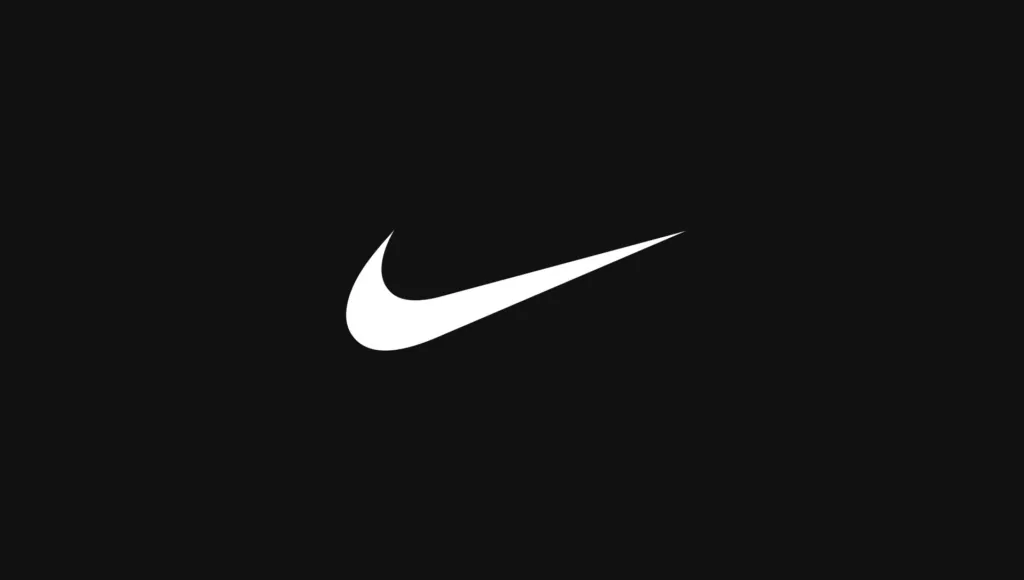The logo is one of the most important elements of a brand, since it is the image that represents it and makes it recognizable in the eyes of the public. In this article, we will explore what a logo is, what it is used for and some examples of successful logos in the industry.
What is a logo
A logo is a graphic image that represents a company, organization or brand. It can be a combination of letters, symbols, shapes and colors that are designed with the intention of creating a unique and recognizable visual identity.
The main objective of a logo is to be easily identifiable by the public and to be a visual representation of the brand’s values and personality. For this reason, a logo design must be carefully thought out and planned to ensure that it is effective and memorable.
What is a logo for?
A logo has several important purposes. First of all, it is an essential branding tool for any company or organization, as it helps to create a visual identity and differentiate from the competition.
In addition, the logo is a way to communicate the brand’s personality and values in a visual and memorable way. A good logo can evoke positive emotions and create an emotional connection with the public.
Another important use of a logo is its ability to be used in different marketing materials and platforms. From business cards to social networks and advertising, the logo can be used in any media to represent the brand.

Examples of successful logos
There are many iconic and successful logos in the industry, each with a unique story and purpose. Here are some examples of successful logos that have left a mark in popular culture:
- Nike: The Nike logo is one of the most recognized logos in the world. The wing-shaped swoosh represents speed, movement and progress, elements that are at the core of the brand’s identity. This logo has been used in every Nike advertising campaign since 1971, making it one of the most enduring and successful logos of all time.
- Apple: The Apple logo has evolved over time, but has always kept the same essence. The bitten apple represents innovation and creativity, the brand’s core values. The simple and elegant logo design is a representation of the company’s design philosophy, which focuses on simplicity and functionality.
- Coca-Cola: The Coca-Cola logo is one of the oldest and most recognized logos in the world. The red and white design is an iconic combination that has remained virtually unchanged since 1887. The logo has become a symbol of happiness and friendship, and has been used in advertising campaigns and on branded products for more than a century.
- McDonald’s: The McDonald’s logo is one of the most iconic and recognizable in the fast food industry. The golden arches represent the McDonald’s “M” and have been a symbol of the brand since 1961. The simple and memorable logo design has been used around the world, and has become a central element of the brand’s visual identity.
- Amazon: The Amazon logo is an example of how a logo can evolve over time and still be effective. The original brand design featured the word “Amazon” written in a classic serif font. However, the current design uses an arrow that goes from “A” to “Z”, representing the variety of products Amazon offers. This design can also be interpreted as a smile, reflecting the company’s philosophy of making its customers happy.

Conclusion
In short, a logo is a graphic image that represents a brand and helps create a unique and memorable visual identity. Logos are essential branding tools for any company or organization, as they allow them to differentiate themselves from the competition and communicate their personality and values.
The examples of successful logos mentioned above demonstrate how a good logo design can be a central element of a brand’s visual identity and help create an emotional connection with the public.
In short, designing a logo is an important and careful process that requires attention to detail and a deep understanding of the brand’s personality and values. An effective logo can be a key element for the success and recognition of a brand in popular culture.


